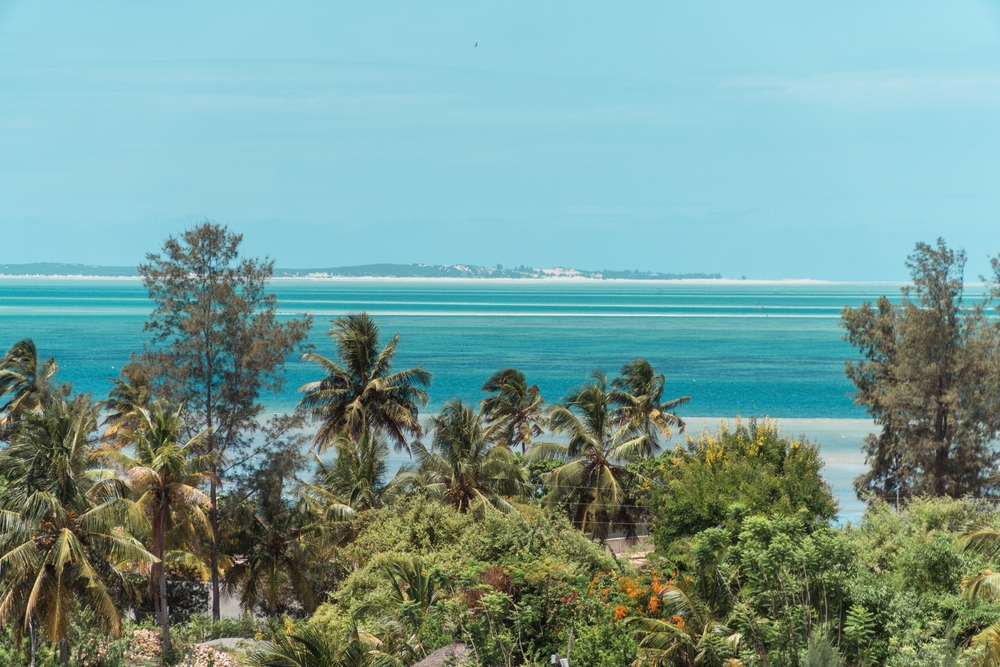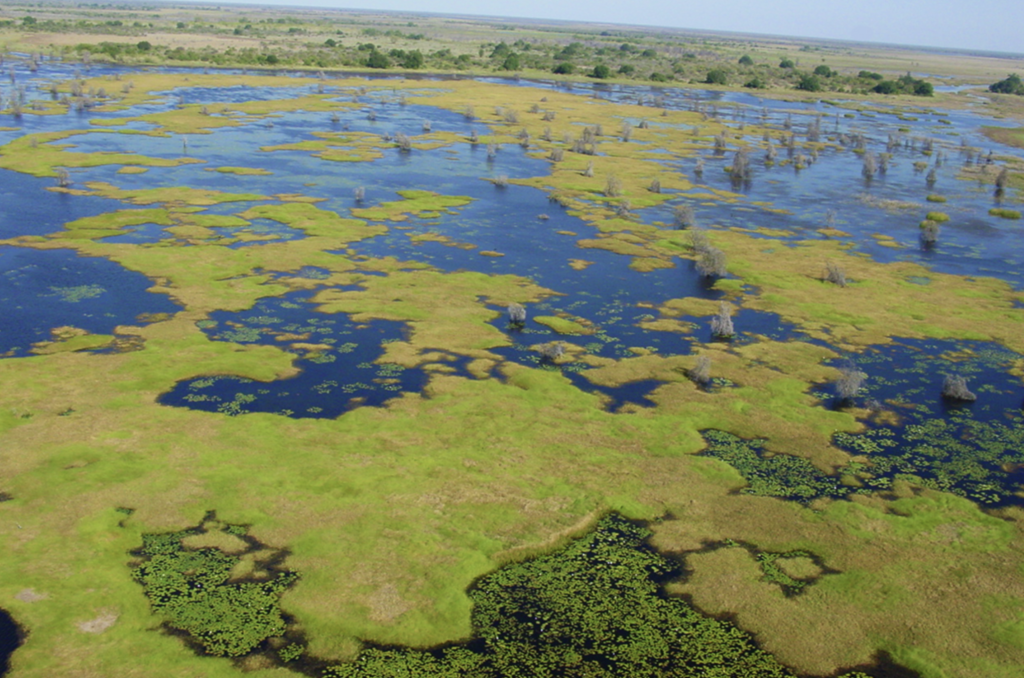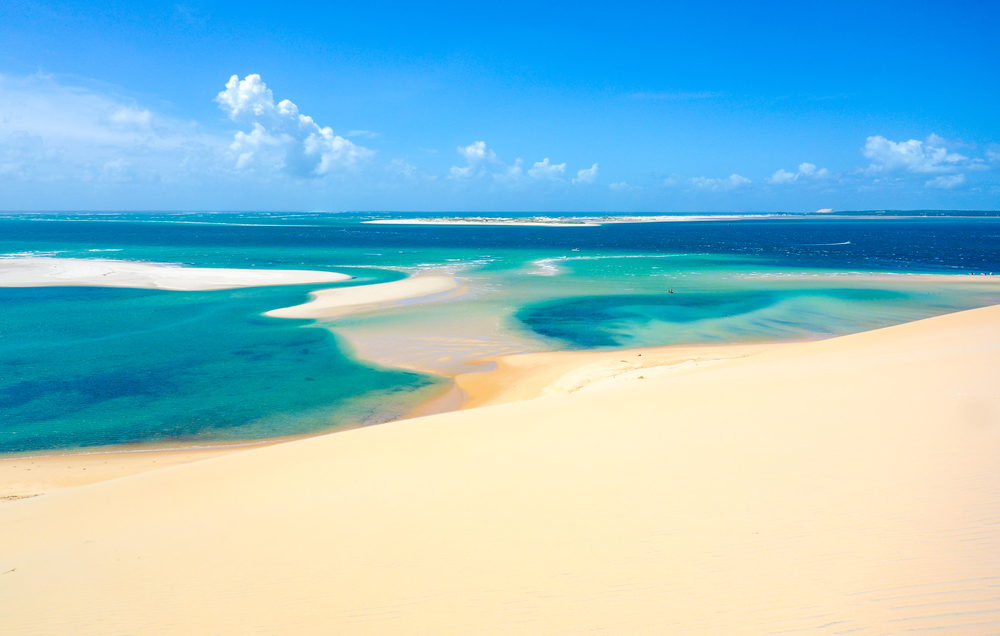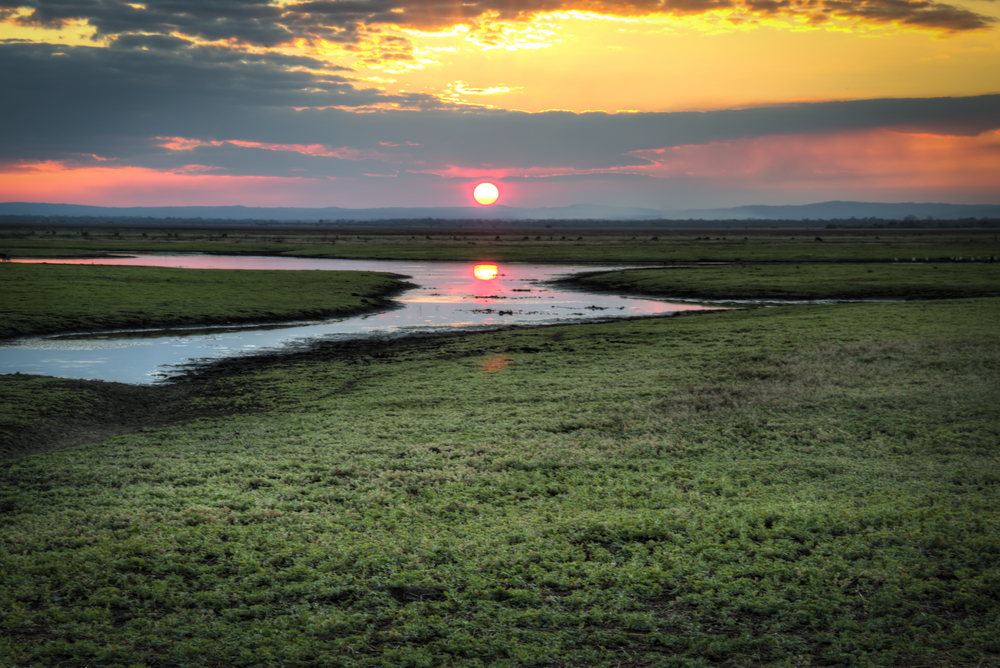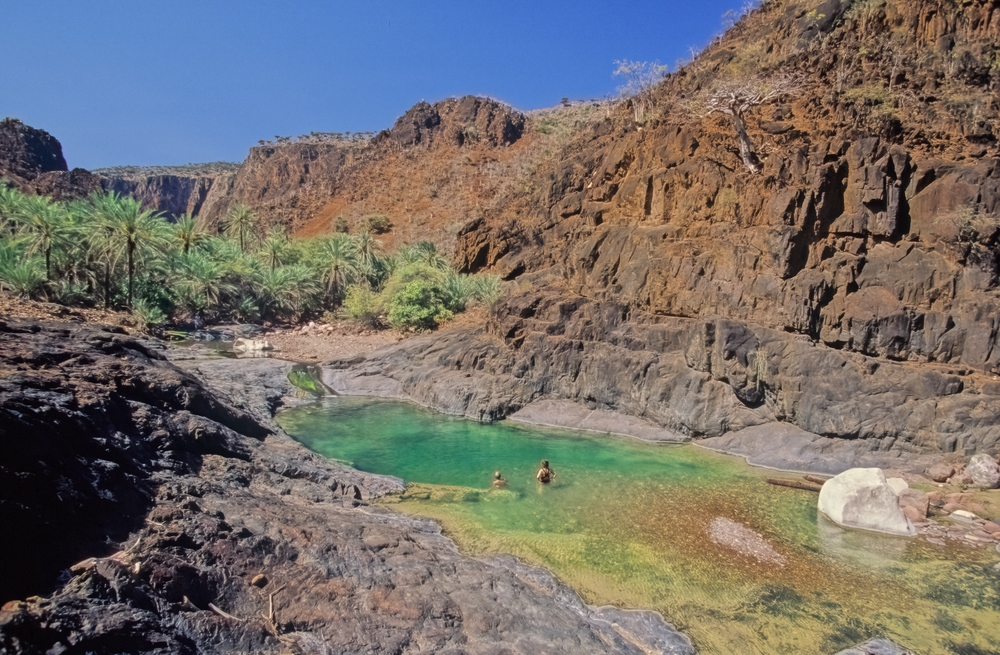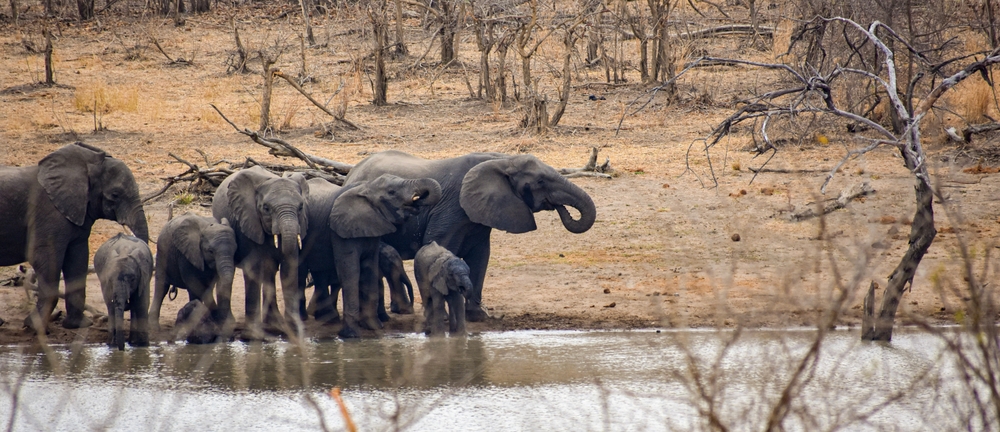Quirimbas Overview
Quirimbas National Park, locally known as “Parque Nacional das Quirimbas,” is a stunning coastal and marine protected area located in northern Mozambique’s Cabo Delgado Province. Established in 2002, the park spans approximately 7,500 square kilometers (2,896 square miles) and is renowned for its remarkable biodiversity, pristine coral reefs, and cultural heritage. Stretching from the mainland to the Quirimbas Archipelago, the park is a vital area for both conservation and sustainable development in Mozambique.
The terrain of Quirimbas National Park is diverse, encompassing coastal mangroves, savannas, tropical forests, and more than 30 islands that make up the Quirimbas Archipelago. The islands feature white sandy beaches, dramatic limestone cliffs, and crystal-clear waters teeming with marine life. The park’s mainland areas include riverine systems, wetlands, and dry forests, which support a variety of terrestrial species. This combination of land and sea ecosystems makes the park a hotspot for biodiversity.
Quirimbas is home to an array of wildlife, both on land and underwater. The park’s marine environment supports species such as dugongs, dolphins, and five species of sea turtles, all of which are endangered. Its coral reefs host over 400 species of fish, including groupers, snappers, and parrotfish, while whale sharks and humpback whales are frequent visitors to its waters. On land, the park shelters elephants, leopards, and antelopes, as well as numerous bird species such as African fish eagles and mangrove kingfishers. The mangroves and wetlands are particularly important as breeding grounds for fish and birds.
Visitors to Quirimbas National Park can engage in a variety of activities that showcase its natural beauty and cultural richness. Snorkeling and scuba diving are popular pursuits, offering opportunities to explore vibrant coral reefs and encounter marine life up close. Boat tours around the archipelago provide scenic views of the islands and their diverse ecosystems. On land, guided hikes through mangroves and forests allow visitors to observe wildlife and learn about the park’s unique ecology. The park also offers cultural experiences, including visits to traditional fishing villages and historical sites that reflect the area’s rich cultural heritage.
Despite its ecological and cultural significance, Quirimbas National Park faces several challenges. Overfishing, illegal logging, and the impacts of climate change threaten its delicate ecosystems. In recent years, the region has also been affected by security issues, which have impacted conservation efforts and tourism. To address these challenges, Mozambique’s Administração Nacional das Áreas de Conservação (ANAC) works alongside international partners and local communities to implement sustainable fishing practices, habitat restoration projects, and environmental education programs. Community-based tourism initiatives provide alternative livelihoods and help reduce pressure on natural resources.
Quirimbas National Park is a jewel of Mozambique’s natural heritage. Its blend of breathtaking landscapes, diverse wildlife, and cultural richness makes it a must-visit destination for eco-tourists and researchers. By protecting this extraordinary park, Mozambique contributes to global biodiversity conservation and promotes sustainable development.








































































